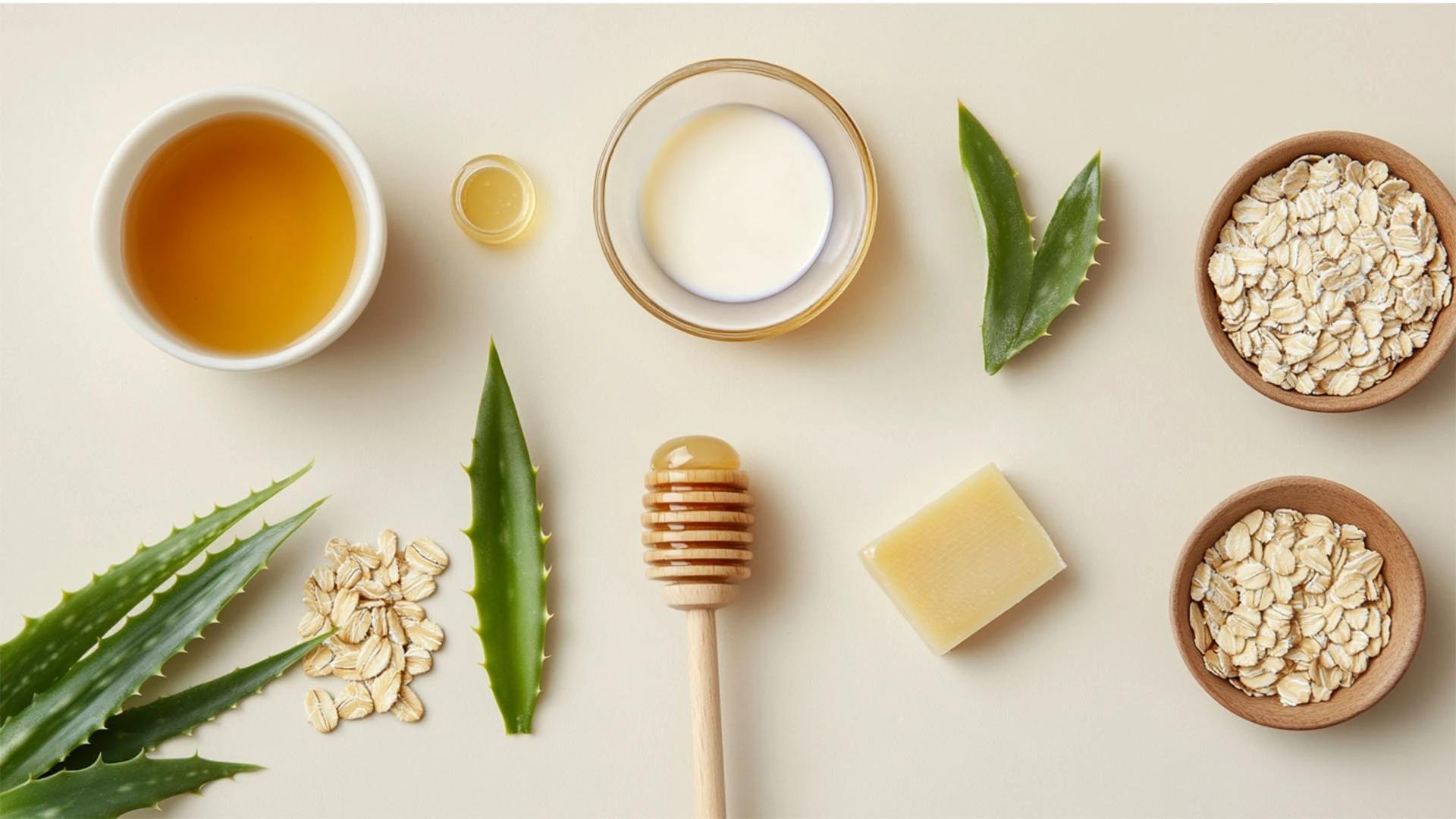Men's skin tends to be thicker and oilier than women's, but the basic principles remain the same. The key difference is often in product textures and specific concerns like razor burn or ingrown hairs.
A simple routine of cleanser, moisturiser, and sunscreen covers the basics. Men who shave should use gentle, fragrance-free products to avoid irritation.
Adjusting Your Routine for Seasons
Your skin's needs change with the weather. Summer might require lighter textures and extra sun protection, while winter calls for richer moisturisers and gentle formulas to combat harsh conditions.
Pay attention to how your skin feels and adjust accordingly. You might need to switch moisturisers or add a hydrating serum during colder months.
Common Skincare Mistakes to Avoid
Even with the best intentions, it's easy to make mistakes that can sabotage your skincare routine. Here are the most common pitfalls to watch out for:
• **Over-cleansing or using harsh cleansers** that strip your skin's natural barrier
• **Introducing too many new products at once**, making it impossible to identify what's working
• **Skipping sunscreen** on cloudy days or when staying indoors
• **Not giving products enough time to work**—most need 4-6 weeks to show results
• **Using products in the wrong order**—thinnest to thickest consistency is the rule
• **Applying too much product**, which can cause irritation or clogged pores
• **Inconsistent application**, which prevents you from seeing real results
Frequently Asked Questions
How long does it take to see results from a new skincare routine?
Most people start noticing improvements in skin texture and hydration within 2-4 weeks. However, significant changes like reduced acne or fading dark spots can take 6-12 weeks of consistent use. Your skin cell turnover cycle is about 28 days, so patience is key when trying new products.
Can I use the same products for day and night?
While some products work well both morning and evening, others are specifically formulated for day or night use. Sunscreen is obviously a daytime essential, while ingredients like retinol are best used at night. Night creams are typically richer and might be too heavy for daytime wear under makeup.
How often should I change my skincare routine?
Your basic routine can stay fairly consistent, but you might need to adjust products seasonally or as your skin changes with age, hormones, or lifestyle factors. If a product stops working or causes irritation, it's time for a change. Otherwise, consistency is more important than constantly switching products.
Is it necessary to use all these products every day?
Not at all! Start with the basics: cleanser, moisturiser, and sunscreen. Add other products gradually based on your specific needs and concerns. A simple routine you'll actually follow is far better than a complicated one you'll abandon after a week.
Final Thoughts
Building an effective skincare routine is a journey, not a destination. What matters most is finding products that work for your skin type, lifestyle, and budget—then sticking with them consistently. Remember, healthy skin doesn't happen overnight, but with patience and the right approach, you'll start seeing improvements.
Your routine will likely evolve as your skin changes and as you discover new products worth trying. The key is starting with the basics and building from there. Focus on consistency over complexity, and don't be afraid to adjust your routine based on what your skin is telling you. Your future self will thank you for the care you're taking today.

 200 ml
200 ml 50 gm
50 gm 100 ml
100 ml 120 ml
120 ml